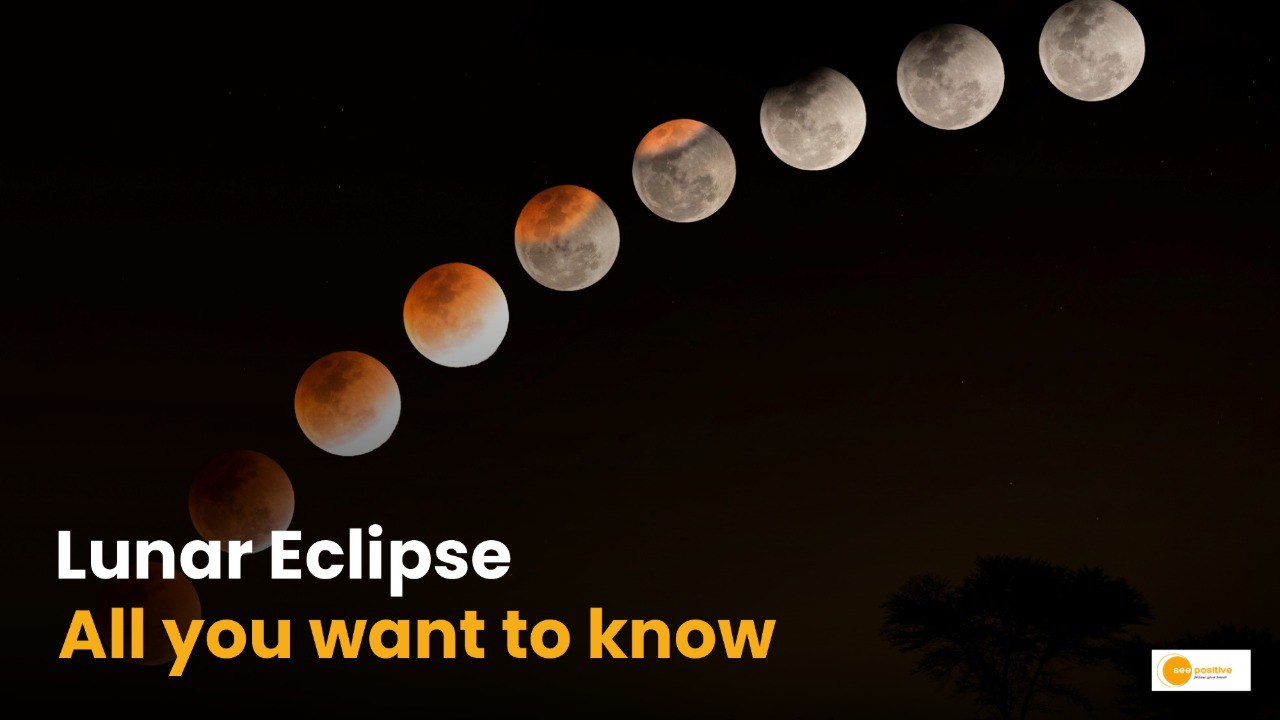A lunar eclipse is one of the most awe-inspiring celestial events that offers more than just a visual spectacle. On September 7, 2025, skywatchers around the world will witness a partial lunar eclipse, where the Earth will come between the Sun and the Moon, casting its shadow over the lunar surface.
But beyond the cosmic beauty, this astronomical phenomenon also sparks curiosity about how the lunar cycle, and events like eclipses, may affect human biology, mood, and health. This article explores the scientific impact of the lunar calendar on the human body and invites you to reflect on the deeper significance of our connection to the Moon.
The Moon: A Core Element of the Lunar Calendar
The Moon is the central element in timekeeping systems, especially in lunar calendars. These are still used in various cultures and religions today — from Islamic and Hindu calendars to Chinese and Judaic traditions.
Unlike the solar calendar that tracks the Earth’s orbit around the Sun, the lunar calendar follows the Moon’s phases — new moon, first quarter, full moon, and last quarter — with each lunar month averaging about 29.5 days. This natural rhythm affects not only calendars and cultural festivals but also biological cycles, especially in humans and animals.
What Happens During a Lunar Eclipse?
A lunar eclipse occurs when the Earth comes directly between the Sun and the Moon, casting a shadow on the Moon’s surface. This can only happen during a full moon, when the Moon is opposite the Sun in the sky.
- Date: September 7, 2025, Chandra Grahan
- Type: Partial Lunar Eclipse
- Visibility: Parts of Europe, Africa, Asia, and Australia
While no harmful radiation reaches the Earth during a lunar eclipse (unlike a solar eclipse), many cultures regard this moment as a time of introspection, caution, or spiritual pause often restricting food intake, travel, or important decisions during the eclipse period.
Scientific Insights: How the Lunar Cycle Affects the Human Body
Science continues to explore the Moon’s impact on humans, particularly in the following ways:
1. Sleep and Melatonin Regulation in Lunar Eclipse
Numerous studies, including one published in Current Biology (2013), have shown that sleep quality tends to decrease during a full moon, with people taking longer to fall asleep and experiencing reduced deep sleep.
- Melatonin, the hormone that regulates sleep-wake cycles, is sensitive to light — including moonlight, especially when it’s bright during a full moon or eclipse night.
- Disruptions in melatonin production can influence mood, energy levels, and hormonal balance.
2. Tides and Body Fluids in Lunar Eclipse
The Moon’s gravitational pull is responsible for ocean tides, and some researchers suggest it may also subtly influence the fluids in the human body, which is made up of about 60% water.
- While this claim remains debated, some people report feeling bloated, emotional, or fatigued during full moons or lunar eclipses.
- There’s a hypothesis that just like tides rise, emotional tides in humans may fluctuate with lunar cycles — possibly affecting mental health, decision-making, or interpersonal behavior.
3. Menstrual Cycles and Fertility in Lunar Eclipse
The average menstrual cycle closely mirrors the lunar month — about 28-29.5 days. Some ancient traditions and modern natural health advocates believe that the Moon may influence reproductive hormones. Though definitive scientific evidence is limited.
- Women often report syncing with the Moon phases — ovulating on full moons and menstruating on new moons, or vice versa.
- Eclipses, seen as energetic “interruptions,” are thought to temporarily disturb this natural synchronicity.
Honoring the Lunar Connection
The September 7 lunar eclipse is not just a sky event; it’s an opportunity to realign with natural rhythms. Whether you follow astrology, spirituality, or pure science, the Moon undeniably plays a role in how we experience time, biology, and emotion.
As we learn more about the interplay between the lunar calendar and human physiology. We are not separate from nature — we are woven into its very fabric.
So, this lunar eclipse, take a moment — not just to look up — but to look within.


